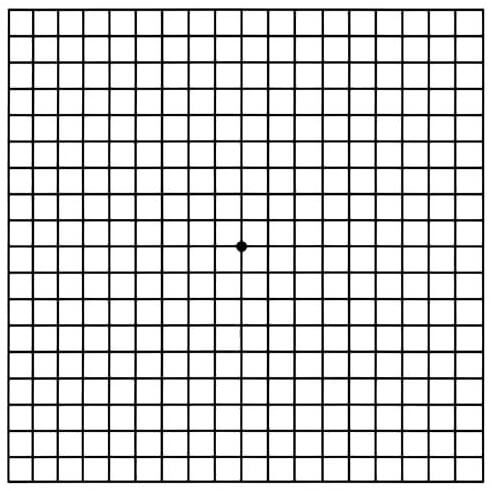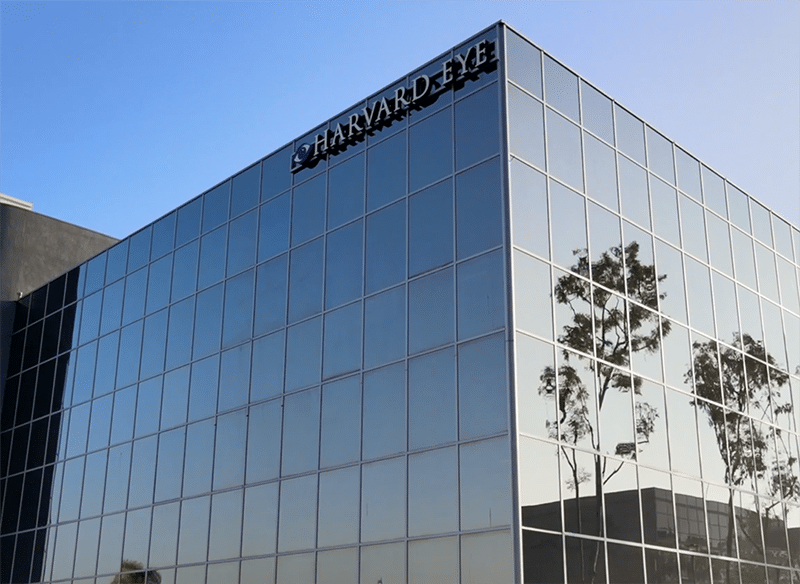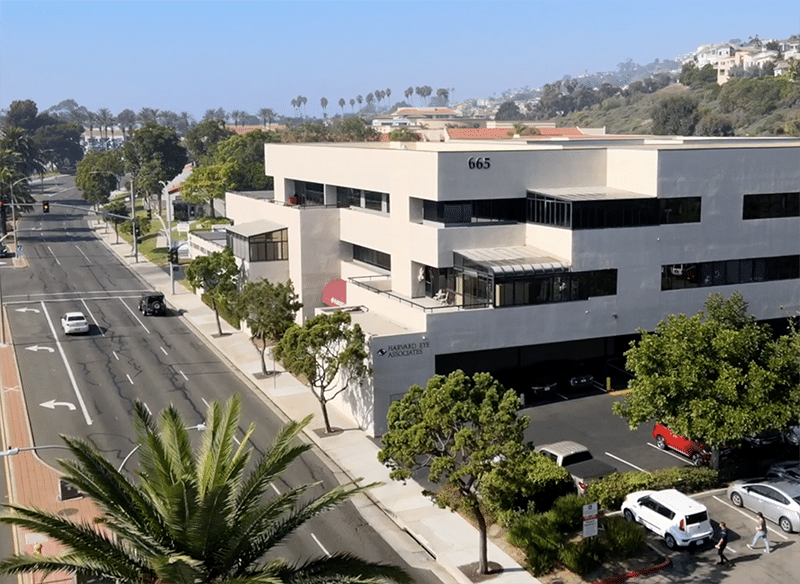Macular Degeneration (AMD)
Understanding Macular Degeneration
The macula is the central part of your retina responsible for your central vision. As we age, the macula is at an increased risk of deterioration much like other parts of our body. When this occurs, it is called age-related macular degeneration (AMD) and can range from minimal or no vision changes to complete loss of the central vision.
This progression can occur suddenly or slowly over time depending on the type of AMD. Contrary to common belief, AMD alone does not cause total loss of vision but affects the central vision only. For example, you might be able to see the outline of a clock but not be able to see what time it is.
Even in more advanced cases, people continue to have some useful vision and are often able to take care of themselves. In many cases, macular degeneration’s impact on your vision can be minimal.

Contributing Factors to Macular Degeneration
- Age
- Genetics
- Environmental factors such as smoking
- Severe near-sightedness
In many cases, macular degeneration starts out as deposits under the retina called “drusen.” Drusen alone usually do not usually cause vision problems, but if they increase in size or number, this generally indicates a progression to AMD.
Common Types of AMD
Dry Macular Degeneration
Dry AMD accounts for roughly 90% of all macular degeneration cases and generally occurs in both eyes. It can range from little or no visual problems to central vision loss. It occurs when the macular cells slowly break down or degenerate resulting in blurred and/or distorted central vision. To make an analogy, dry AMD is like the tires on a car—the longer the eyes go in life, they eventually wear down.
Wet Macular Degeneration
Wet AMD occurs when abnormal blood vessels grow in or under the macula. These fragile blood vessels can leak fluid and blood causing a more rapid loss of central vision or distortion. If left untreated, retinal scarring can occur leading to irreversible vision loss.
The initial treatment is usually with regular medication injections into the eye to slow and sometimes reverse the progression. If dry AMD is like tires on a car, then wet AMD is like running out of gas—it stops the car (vision) more rapidly.
Myopic Macular Degeneration
Myopic macular degeneration can occur in people who are very near-sighted, usually, if a glasses prescription is higher than -8.00 diopters. This is caused by a progressive thinning of the retinal and macula and can lead to distortion, dark spots in vision, blurry vision. Like dry AMD, some people can develop a wet type of AMD.
Symptoms of Dry AMD
- Blurred central vision
- Loss of visual details
- Slowly growing blind spot in the center of the field of vision
- Distortion
- No pain
Symptoms of Wet AMD
- Quick onset of central vision loss
- Straight lines appear wavy or distorted
- Dark spots in the center of the field of vision
- Words on a page look blurred
- No pain
Macular Degeneration Treatment in Orange County, CA
If AMD reaches the most advanced stage, the focus of treatment shifts to vision therapy with a Low Vision specialist. Currently, there is no way to reverse advanced AMD, though, there are clinical trials currently underway in medical, surgical, and stem cell research. Treatment is usually geared toward slowing the progression.
- AREDS2 vitamin supplements
- Dietary changes
- Injections of anti-vascular endothelial growth factor (anti-VEGF) medications
- Retinal laser
Testing Your Vision with the Amsler Grid
You can check your own vision daily by using an Amsler grid like the one pictured below. You may find changes in your vision that you wouldn’t notice otherwise. Putting the grid on the front of your refrigerator or toothbrush is a good way to remember.
To use this Amsler grid:
- Wear your reading glasses and hold this grid 12 to 15 inches away from your face in a good light.
- Cover one eye.
- Look directly at the center dot with the uncovered eye.
- While looking directly at the center dot, note whether all lines of the grid are straight or if any areas are distorted, blurred, or dark.
- Repeat this procedure with the other eye.
If any area of the grid looks wavy, blurred, or dark, contact us.

If you are noticing any central vision problems, schedule an eye exam at Harvard Eye Associates right away to get the proper diagnosis of your condition so treatment can be administered.




